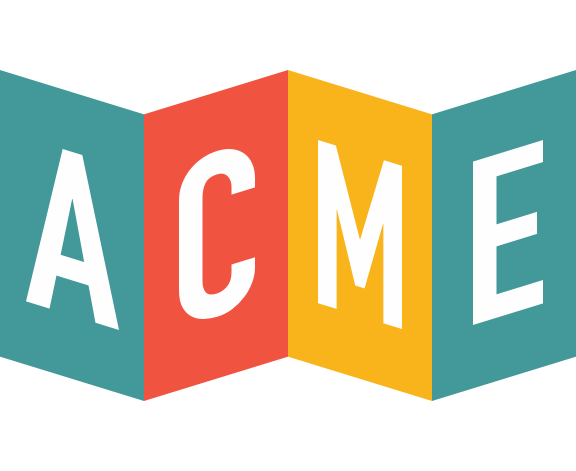
What Are Capital Campaigns?
Capital campaigns are large-scale fundraising endeavors taken on by non-profits and other organizations. These are usually your long-awaited projects that are instrumental for non-profits to grow and proliferate their impact on the larger community.
Below we’ll cover everything you need to know about capital campaigns.
Basics of a Capital Campaign
Capital campaigns are targeted, long-run undertakings that require tremendous effort on many different fronts. Below, you we’ll get into into the basics of what a Capital Campaign entails:
Difference between capital campaigns and ordinary fundraisers
Simply put, scale. Ordinary fundraisers are geared towards particular events, set of events, and annual operations.
Capital campaigns, on the other hand, are geared to level up your operations to a higher scale and, in some cases, alter your nonprofit’s identity. To add context, think of capital campaigns as longer, more elaborate mega fundraisers for ambitious goals.
Launching a capital campaign
It’s important for your organization to plan ahead and customize your to-do list to cater to the large-scale needs of a capital campaign. Without a strategy in place, you might spend a ton of resources of volunteer efforts without the ideal goal in return. With that in mind, there are a few tenants that you can keep in mind when launching your campaign.
- Get the right players involved.
- Involve community volunteers.
- Guide faculty, staff, and members of the board (if present) towards common short-term and long-term goals.
- List down potential prospects. Reach out to these prospects early.
- Research Extensively
- Perform a feasibility study for your campaign and set your fundraising goal.
- Chalk out the budget and activities required for the capital campaign.
- Seek novel avenues of funding.
- Strategize to time your campaign with a set deadline.
- Communicate and execute
- Exhaust all means of communication to get the word on your campaign: Written, word of mouth, digital content, and social media activity. Your messaging and marketing efforts should be in line with the identity and nature of your nonprofit.
- Hold smaller fundraising events, social gatherings, and events to disseminate capital campaign goals.
- Hold regular meetings with team members and support staff.
Regardless of the effort going into planning for a launch, sometimes your campaign might veer sideways. In these situations, accounting for future problems and having a backup plan are key to avoiding panic and team crises.
Reasons to start a capital campaign
Capital campaigns are not easily carried out by any stretch of the imagination. Organizations need to have valid reasons for why they push for capital campaigns given the monumental effort it takes just to plan and execute them.
All that taken into consideration, here are a few reasons why your organization should be motivated to run capital campaigns:
- To scale up your organization.
- To increase engagement with members and donors.
- To invest in a major project that helps your organization and the community.
- To motivate and energize your organization.
- To receive larger donations from supporters and increase the patrons of your nonprofit.
Your organization’s “Why?” must be compelling enough for you to build up passion within your constituents for it to be effective outside of it. This will be the fuel that galvanizes your capital campaign.
Types of nonprofits that engage in capital campaigns
A whole host of organizations take part in capital campaigns. From local to national, from niche to common causes-based nonprofits, there are no barriers to entry other than resources.
Here is a breakdown of different types of institutions that are involved in capital campaigns and a brief explanation regarding their involvement.
- Museums/cultural institutions
- Museums require substantial real estate to accumulate and showcase physical artifacts, historic monuments, art, and host events. An example from the National Museum Of Women In The Arts highlights the attempt to raise an ambitious $67.5 million to give a prominent space for women artists.
- Having a world-class museum or cultural institution for your town or city is a great attraction for the community and the population around it. It also enhances culture, adds a venue for social events, and adds a major revenue source and overall value for the community.
- Healthcare
- There are many avenues healthcare institutions take in order to raise capital. A few prominent ones are research into pertinent diseases, infrastructure revamps, and new projects aimed at prevention and education.
- Educational
- Similar to healthcare, education-based capital campaigns are extremely broad. Capital campaigns are geared towards all timelines of education (from early learning to graduate research), improving education technology, infrastructure, student aid/ scholarship, and enhancing leadership.
- Civic organizations
- A wide variety of organizations representing places such as the community park, local cultural center, and the local library can launch capital campaigns. Frequently, such avenues hold cultural and local significance to a group of people. A heart-warming example is the capital campaign success for the 1929 Akron Civic Theater, where a non-profit raised $9 million, exceeding its campaign goal of $8.5 million.
- Environmental organizations
- The environment is a true hot-button topic of our era, and it finds numerous ways of garnering resources for large projects. Many of the endeavors require the purchase of significant land, massive education undertakings, conservatory efforts, and renewable energy initiatives.
- Zoo or animal welfare groups
- The general public enjoys a trip to the zoo but is also concerned with the well-being of animals. Zoos launch capital campaigns to improve the living conditions of the animals in their care and also push resources toward expanding real estate. Other campaigns focus on expanding zoo hospitals and adding variety to the zoo attractions.
Every nonprofit has an organic need to grow and understands that staying stagnant in their efforts sometimes means regression. Any organization that is trying to better the social fabric around them and has large-scale needs can strategize for a capital campaign.
How Acme can Help With Your Capital Campaign
You need to understand your organization’s internal dynamics, relationship with your community, the quality of these relationships, and the possibility of your capital campaigns. All this takes tremendous coordination and administrative support.
This administrative burden can be alleviated to a large extent by using ACME’s donation management system. Our cloud-based software system manages your day-to-day capital campaign tasks with simple-to-use online tools and payment systems. Try ACME today to learn how we can lighten the responsibilities of your capital campaign.

